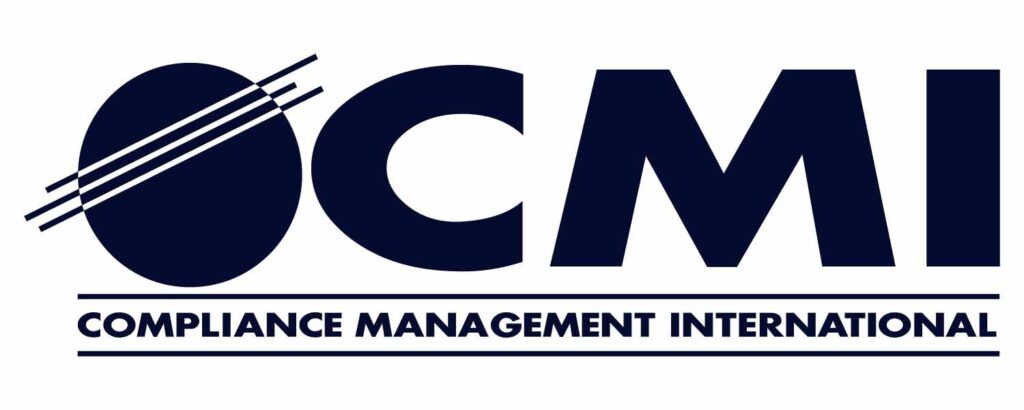OSHA recently established a Regional Emphasis Program (REP) that targets businesses in Pennsylvania, Delaware, Maryland, Virginia, West Virginia, and the District of Columbia within the following NAICS codes:
- Manufacturing: Bottled and Canned Soft Drinks and Water – 312111 and 312112
- Manufacturing: Fluid Milk Manufacturing – 311511
- Transportation: Refrigerated Warehousing and Storage – 493120
- Transportation: General Warehousing and Storage – 493110
- Retail Trade: Groceries – 445110
- Wholesale Trade: General Line Grocery – 424410
- Wholesale Trade: Meat and Meat Products – 424470
- Wholesale Trade: Groceries and Related Products – 424490
- Wholesale Trade: Beer & Ale – 424810
Why is OSHA targeting these industries? With the rapid growth of e-commerce, the warehousing industry has greatly expanded and Total Case Rate (TCR) data for these NAICS codes is how well above the industry average according to the Bureau of Labor Statistics. In 2020, the TCR for all private industry was 2.7 cases per 100 full-time employees. This rate was 5.5 for beer, wine and alcoholic beverage wholesalers; 4.8 for warehousing and storage; 4.0 for food and beverage stores; 4.3 for grocery wholesalers; and 3.5 for beverage manufacturing.
The data tells us that injuries typically relate to a few workplace hazards including being struck by powered industrial trucks (forklifts); falling while standing or working from elevated pallets; and activities involved with loading and unloading trailers. Deaths and injuries have also occurred due to the service or maintenance of warehouse equipment without using proper lockout/tagout procedures to control hazardous energy.
If you’re in one the NAICS categories targeted, it is time to ask, “are we meeting all of the OSHA requirements related to our warehouse operations?” There are many things to consider when answering this question:
- Are employees properly trained and certified on each type of powered industrial truck in use?
- Are procedures established and implemented for the loading and unloading of trailers?
- Are there clear walking paths for pedestrians in the warehouse?
- Are all exits marked and visible?
- Are racking systems structurally sound and stable?
- Are racking systems effective for what’s being stored?
- Are there rules to ensure employees are not being lifted on pallets or other materials?
- Are temporary employees properly trained and closely observed for safe work practices?
- Is there an effective lockout/tagout program that includes annual observation audits?
OSHA states that comprehensive inspections will take place and will focus on common high hazard areas. Compliance officers will focus on the temporary employees and include a review of the documentation to determine if the facility is providing a safety and healthful workplace for all employees. In addition to a review of injury and illness records and online reporting compliance, forklift compliance will be reviewed including training, inspection and maintenance records; forklift operations and enforcement of safety rules; proper fueling and charging procedures; and any unique hazards present. Storage rack systems will also be a focus including capacity and structural integrity and safe/stable storage of items. Means of egress, fire suppression systems and lockout/tagout procedures will also be reviewed.
If you’re in any of these sectors, conducting a comprehensive evaluation of your facility and these programs will help to identify gaps with your procedures, training and compliance level. Improvements will help to ensure you are in compliance with OSHA standards but will also reduce the hazards and ensure employees go home safely. Forklifts are extremely dangerous equipment that when not operated correctly can cause severe physical damage to property and severe injuries to employees, which in some cases lead to death.
Written by Michael Schneider, CSP, Director, Health and Safety Services



